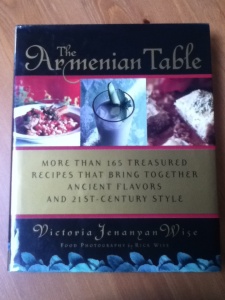My husband is half Armenian and we love eating Armenian food at home. It’s fairly tricky to find Armenian restaurants, but there is an amazing Armenian deli in Gatley called Armenique, which isn’t far from where we live. We go fairly regularly and I usually order the salad plate. One of my favourite things, and something I always order is their igra, which after years of searching for, I realise it is more commonly known as ikra.
Ikra is an aubergine dip, you can make it as chunky or as smooth as you like. At Armenique it’s quite chunky, so that’s my preference. It tastes far richer than it actually is. It’s so healthy, it’s virtually a guilt free dip. I make it quite often these days, it’s a lovely quick lunch with some warmed pita, or as a dip to share with friends and a bottle of wine. And it’s a great way of using some of the cheap aubergines which are in the shops at this time of year and it freezes really well too!

My recipe makes quite a lot of dip, but it disappears quite quickly in my house. If it’s too much for you to tackle, you can always freeze some for a later date.
Armenian Style Ikra – Aubergine Dip
Ingredients:
2 aubergines
Olive oil
1 large red onion
1 large green pepper
2 fat cloves of garlic, or more if you love garlic
4 salad tomatoes
Salt and pepper
Half a lemon
Half a teaspoon of sugar
2 tablespoons of chopped fresh parsley
Optional: A tablespoon of tomato puree, if your tomatoes are a bit insipid
How to make your Armenian Style Ikra:
Take your aubergines and cut them into quarters. Put them on a baking sheet and drizzle olive oil over them. Put them in the oven for 45-60 minutes at 200°. Turn them every 15 minutes or so. You want them to be soft and squishy rather than brown and crispy.
While your aubergines are cooking, finely dice your onion and pepper and with a splash of olive oil, cook them very gently until soft but not brown. Once they’re soft add your crushed garlic cloves and stir.
Take your tomatoes and skin them. To do this easily make a large X on the bottom of each one, put them in a large bowl and pour boiling water over them. Leave them to soak until the skin starts curling on the X’s. Once they are at that stage, take them out of the water and pull the skin off. Some people remove the seeds too, but I don’t mind them, I will leave that up to you. Remove the core, chop the tomatoes and add them to the pan.

Continue cooking your onion, pepper and tomato mixture on a very low light with the lid on. When your aubergines are cooked remove them from the oven and let them cool enough so you can handle them. With a teaspoon and a sharp knife scrape the insides out of the aubergine. Chop the flesh very finely and add it to the pan. Discard the aubergine skin. Again this is a matter of preference, I actually really like the taste and texture of the skin, so I always finely chop a little bit of it and add it to the mix.
If your tomatoes were a bit pale and lacked flavour, you can add some tomato puree at this stage, this beefs up the tomato flavour and is worth doing.
Season the mixture with a little salt and pepper, you can always add more later. Cook the mixture for 30-60 minutes on a low light with the lid on the pan. Stir every so often. How long you cook it for depends on the texture you want. I cook it for around 30 minutes because I like a chunky texture. If you cook it for longer it breaks down more and becomes smoother.
Towards the end of cooking, squeeze in the juice of half a lemon, add your sugar and taste the ikra for seasoning. Add more salt and pepper if you think it needs it. Finely chop your fresh parsley and add it. Give it all a big stir and leave it to cool.

Ikra is usually served cold or at room temperature and is great with all kinds of things. We’ve been trying some new vegan crispbreads and vegetable chips from The Beginnings who are based in Latvia. They go so well with the ikra and together make a pretty much guilt free lunch. I absolutely loved the beetroot chips and my husband went mad for the kale chips, but the tomato chips worked brilliantly with the ikra.

If you enjoyed this recipe, here are some more of our Armenian recipes:
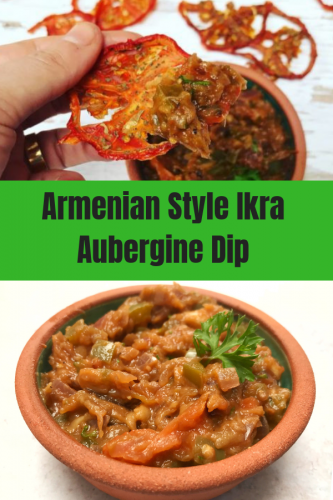

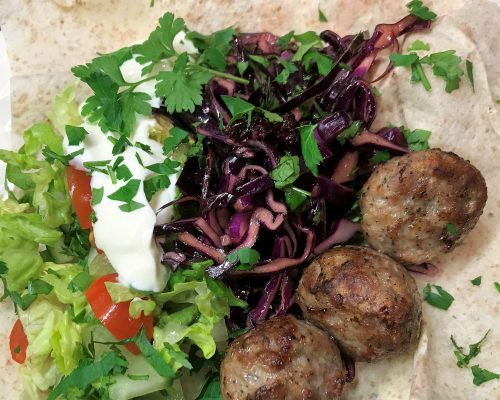
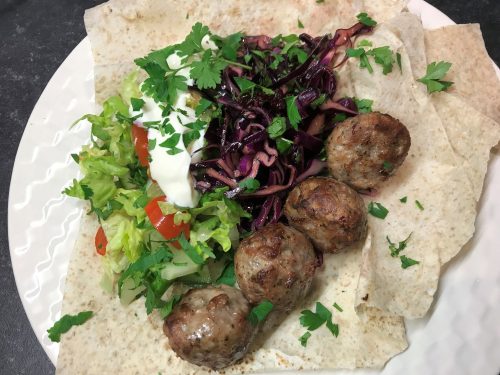

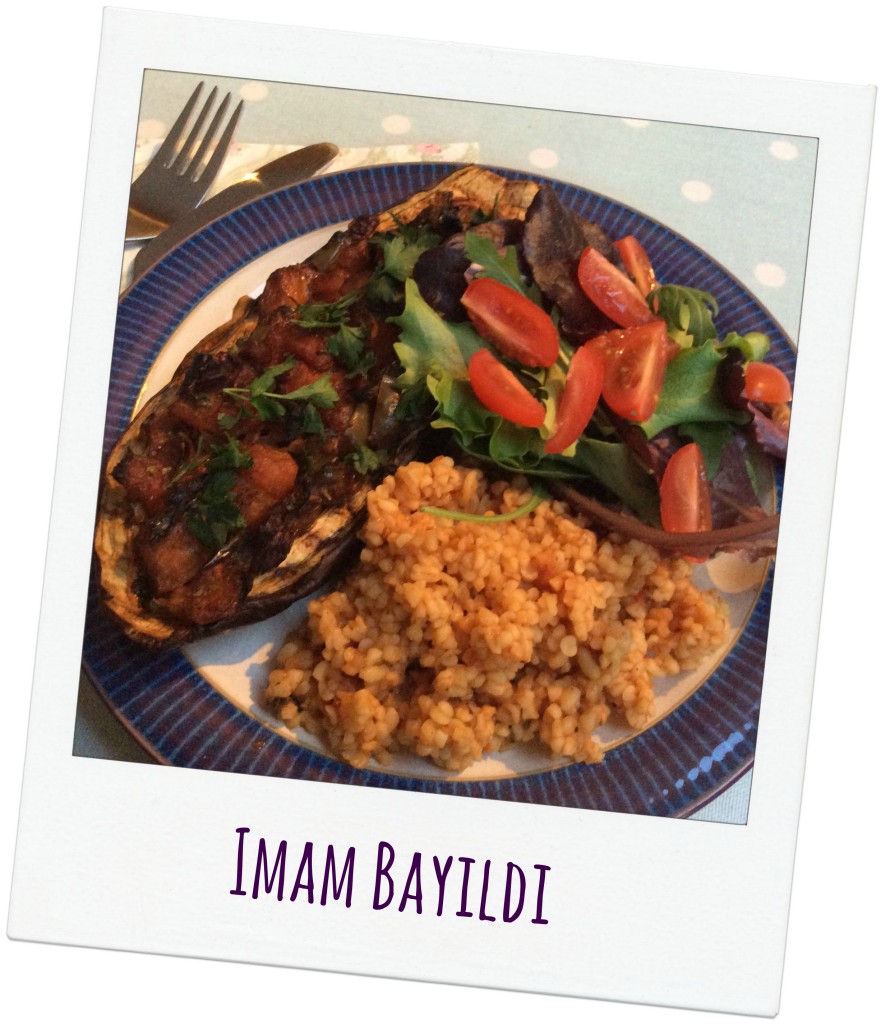 Imam Bayildi
Imam Bayildi
